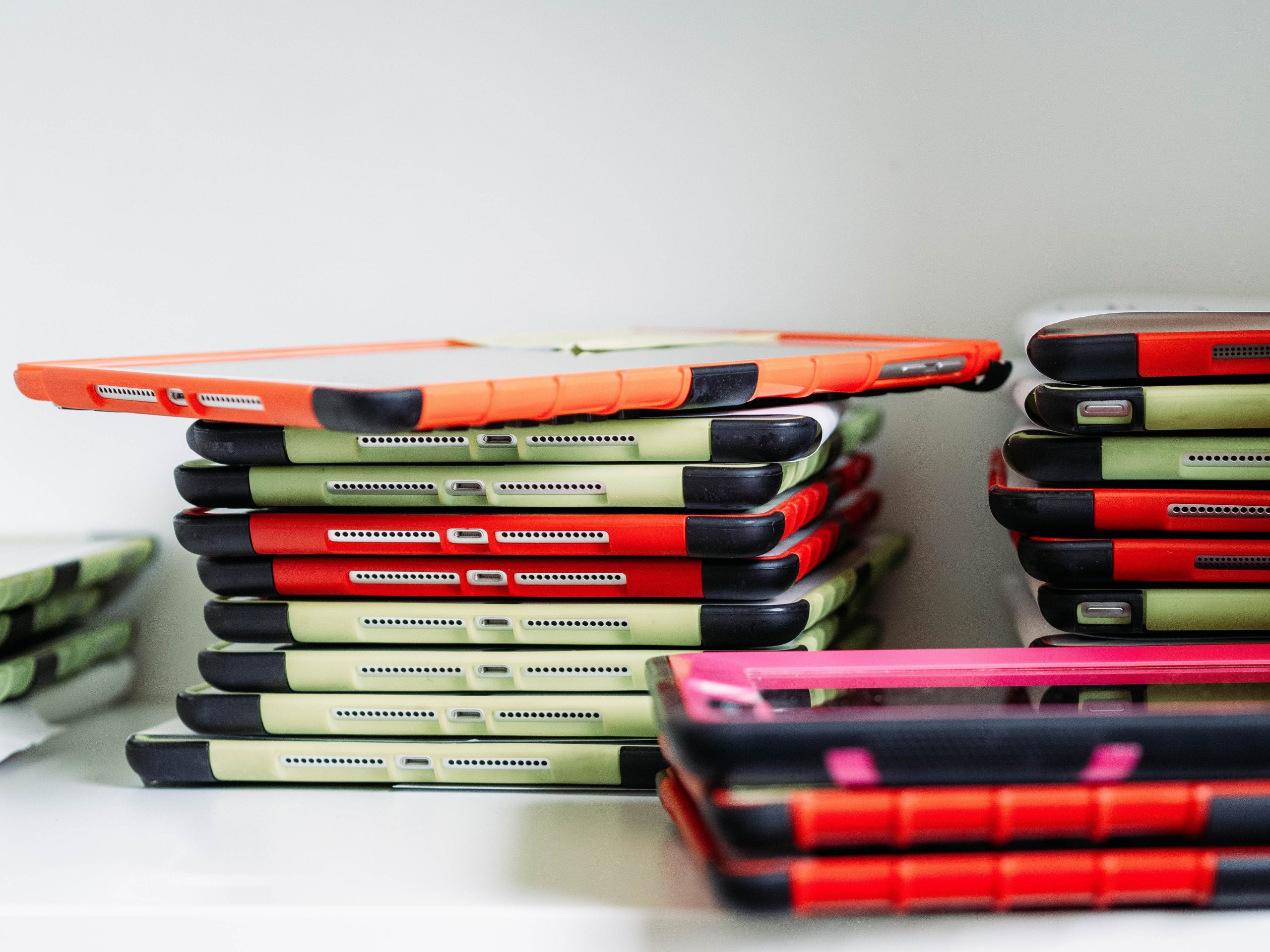
Mobile Information Environments
In this module, we will explore the impact of mobile technologies on our services. These include mobile devices/applications and tablets. All of these technologies share a common ground: portable, everywhere access. Mobile technologies and applications can also transform the process of discovery for ourselves and our users. Not only can access occur anywhere, but the possibilities for learning and sharing creative endeavors grows.
Things to Read
- Stephens, M. (2013). Mobile at the library. In The Heart of Librarianship, page 43.
- Watson, K. (2023) Libraries on Call. Smartphone lending program bridges technology gaps
- Weinberger, D. (2014). Let the Future Go.
- Stephens, M. (2015). Serving users when and where they are: Hyperlinked libraries.
- Deloitte (2018). Mobile Consumer Study.
- Burton, K. T., Burton, J., & Archer, A. (2017). Using Proximity Beacons to Connect Physical & Virtual Library Spaces: A Case Study.
- Pew Internet Research. (2019). Smartphone Ownership …
- Furbee, B. (2023). Sit and Surf.
Rethinking QR Codes
- Das, I. and Das, D. (2021). QR Code and Its Effectiveness in Library Services.
- Kelly, L. (2021). Actually QR Codes Never Went Away.
- Jenson, K. (2022). Using QR Codes for RA: Helping Patrons Find New Book Recs in the Stacks.
Things to Explore
- Joseph, M. (2013). 23 Mobile Things.
- Bogost, I (2015). Don’t Hate the Phone Call, Hate the Phone.
- Lu, K. (2017) Growth in mobile news use driven by older adults.
- Telecomworldwire. (2018). CGI develops new iBeacon application.
- NCSU Libraries. (2018). WolfWalk.
- American Library Association. (2021). Emerging Technologies with Privacy Concerns.
- Gvora, J. (2023). Google Glass: What Happened to the Futuristic Smart Glasses?
- New York Public Library. (n.d.). Welcome to Biblion: World’s Fair.
